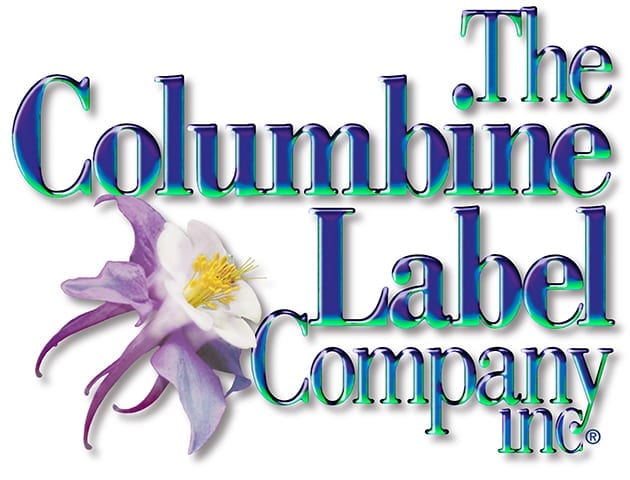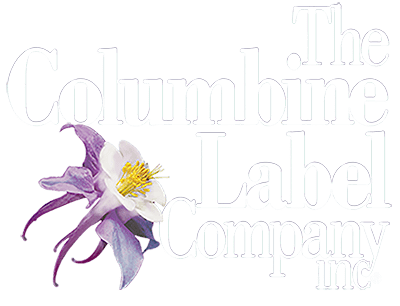In the ever-evolving world of printing, few technologies have made as significant an impact as digital printing. Among the pioneers of this revolution stands the HP Indigo, a digital printing technology that has redefined the way we produce high-quality prints. In this comprehensive guide, we’ll unravel the intricacies of digital label printing, using the HP Indigo as our focal point. From the underlying principles to the remarkable capabilities it offers, let’s embark on a journey to understand the magic behind this innovative printing technology.
The Fundamentals of Digital Printing
At its core, digital printing is a method of reproducing digital images on various media, for label and packaging production. Unlike traditional analog printing methods, digital printing does not require physical plates or cylinders to transfer ink to the substrate. Instead, it relies on digital files to directly apply ink or toner onto the printing surface. The HP Indigo is a prominent example of digital printing technology, and it leverages the principles of electrophotography to achieve exceptional results.
The HP Indigo: A Beacon of Innovation
HP Indigo technology has earned a reputation for its exceptional print quality, versatility, and efficiency. Let’s take a closer look at how this technology works:
ElectroInk: The heart of the HP Indigo is its proprietary ElectroInk. This special ink formulation consists of microscopic particles suspended in a liquid carrier. It’s worth noting that ElectroInk is different from traditional liquid ink or toner. The microscopic particles in ElectroInk enable it to fuse with the printing substrate more effectively, resulting in vibrant and sharp prints.
The ElectroInk Process
The printing process in an HP Indigo press is divided into several key steps:
1. Charging: The first step involves charging the photoconductive drum. The drum is negatively charged, which means it has an excess of electrons.
2. Imaging: The digital file to be printed is sent to the press. An image carrier in the form of a plate or drum receives the digital image. In the case of the HP Indigo, this image carrier is a photoconductive drum.
3. Laser Exposure: The next step is laser exposure. A laser beam selectively discharges areas on the charged drum, creating an electrostatic image that corresponds to the digital file.
4. Toner Application: This is where ElectroInk comes into play. The charged drum rotates and comes into contact with the ElectroInk. The positively charged particles in the ink are attracted to the negatively charged areas on the drum, transferring the ink onto the drum in a pattern that mirrors the image.
5. Image Transfer: The image on the drum is now ready to be transferred onto the printing substrate. This transfer is facilitated by a rubber transfer blanket, which presses against the drum and receives the ink.
6. Fusing: The transferred image on the printing substrate now needs to be fixed. This is done through a process called fusing, which involves applying heat and pressure to melt and fuse the ink particles onto the substrate. The result is a high-quality, durable, and smudge-resistant print.
7. Printing Substrate: The HP Indigo is exceptionally versatile and can handle a wide range of substrates, including coated and uncoated papers, synthetics, and specialty materials. This versatility makes it a go-to choice for label printing, packaging, and various other applications.
Benefits of HP Indigo Technology
The HP Indigo’s unique printing process offers several notable advantages:
1. High Quality: One of the standout features of HP Indigo technology is its exceptional print quality. The tiny ElectroInk particles allow for precise and sharp images with vibrant colors.
2. Short Runs and Variable Data: HP Indigo presses are well-suited for short print runs and variable data printing. Whether you need to print a few labels or a personalized marketing campaign, the HP Indigo can handle the job efficiently.
3. Quick Turnaround: Unlike traditional analog printing methods, the HP Indigo requires minimal setup time. This quick turnaround is ideal for meeting tight deadlines. At Columbine Label, the advantage provided by this technology means that we can typically turn work inn 3-5 business days after proof approval. For reference the industry standard is roughly 10 business days for digital label printing.
4. Eco-Friendly: The HP Indigo is known for its environmentally friendly features. It produces minimal waste and uses a liquid ink, reducing the need for disposable consumables.
5. Customization: The ability to print variable data and customize each piece makes the HP Indigo perfect for personalized packaging, labels, and promotional materials.
Workflow Integration
The HP Indigo technology is not just about the press itself; it also integrates into a comprehensive printing workflow. Here are some key aspects of this integration:
1. Digital Front End (DFE): The DFE is the digital interface that processes and interprets the digital files to be printed. It controls various aspects of the printing process, including color management, imposition, and job scheduling.
2. Variable Data Printing (VDP): VDP is a crucial aspect of the HP Indigo’s capability. It enables the personalization of printed materials by pulling data from databases and applying it to the digital files in real-time.
3. Finishing and Coating: Once the prints are ready, they often go through finishing processes such as cutting, binding, and coating. HP Indigo presses can seamlessly integrate with finishing equipment, streamlining the entire production process.
Product Label Printing with HP Indigo Technology
Product label printing is a critical aspect of various industries, from food and beverages to cosmetics and pharmaceuticals. The versatility and quality of HP Indigo technology make it a standout choice for this application. Let’s delve into how HP Indigo excels in the world of product labeling.
1. Label Versatility: HP Indigo presses are known for their ability to handle a wide range of label materials. Whether you need labels for glass bottles, plastic containers, or specialty packaging, the HP Indigo can accommodate the specific requirements of your product.
2. Short-Run Flexibility: In the world of product labeling, short-run printing is often the norm. HP Indigo technology’s quick turnaround and minimal setup time make it the perfect solution for producing labels in smaller quantities without compromising quality.
3. Personalization: With HP Indigo, you can easily customize product labels for different product variants, promotional campaigns, or regional markets. Variable data printing allows for personalized labels with ease.
4. High-Quality Graphics: Product labels often require high-resolution images and vibrant colors to grab the consumer’s attention. The exceptional print quality of HP Indigo technology ensures that your labels look stunning and stand out on the shelf.
5. Consistency and Branding: Maintaining brand consistency across different label runs is crucial. HP Indigo presses offer color accuracy and consistency, ensuring that your product labels remain true to your brand’s identity.
6. Fast Turnaround: The quick production time of HP Indigo technology is especially beneficial in industries where product launches, promotions, and seasonal variations demand rapid label printing and delivery.
7. Eco-Friendly Labeling: Sustainability is a growing concern in product packaging and labeling. HP Indigo’s reduced setup waste and use of liquid ink contribute to more eco-friendly label production.
Whether you’re in the food and beverage, cosmetic, or pharmaceutical industry, the versatility, quality, and efficiency of HP Indigo technology make it the ideal choice for your product label printing needs. It empowers you to create labels that not only meet industry standards but also leave a lasting impression on your customers.
The Future of HP Indigo Technology
As the demand for customized and short-run printing continues to rise, HP Indigo technology is expected to play an increasingly pivotal role in the digital label printing industry. Its ability to deliver exceptional print quality, quick turnaround, and sustainability aligns perfectly with current market trends. With ongoing advancements in digital printing, we can anticipate even more innovative features and applications for HP Indigo technology in the years to come.
Conclusion
Digital label printing, powered by the HP Indigo, has brought a wave of innovation to the world of printing. Its unique ElectroInk process, quick turnaround, and ability to handle variable data printing make it an invaluable asset for the digital label printing industry. As technology continues to evolve, the HP Indigo stands at the forefront, promising even more versatility, efficiency, and exceptional print quality. The magic behind the HP Indigo technology continues to transform the way we bring ideas to life on paper, labels, and packaging, making it a cornerstone of modern printing solutions.


